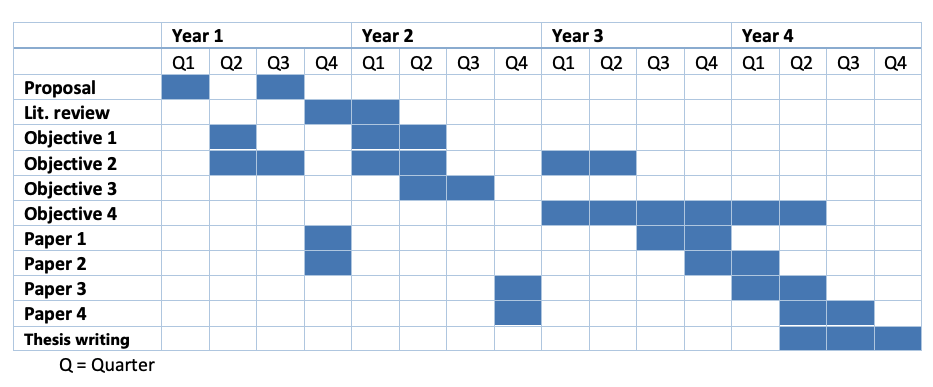Sam Philip
Boerlijst

Project
Tags
Promotor
Prof.dr.ir. Peter van Bodegom
Co-promoter(s)
Eline Boelee; Maarten Schrama
Institute(s)
CML , Deltares
Description PhD project
Vector borne disease risk is predominantly limited by the presence, abundance and dispersal of their respective vector. These vector species are spreading quickly due to growing (inter)national trade and travel, climate change and land use change. Insight in vector population dynamics is therefore key to disease control.
Quality and availability of larval habitats are among the most important drivers of mosquito population dynamics and structure. These factors are limited by habitat preferences, which vary across species. Insight in the dynamics and productivity of these habitats may therefore be used to model and predict adult abundance and inform management to limit disease risk. However, most current literature focuses on single stressors. There is therefore a lack of information on interactions effects, although in recent years, there is more attention for this. To provide a basis for modelling mosquito (vector) population dynamics via experimental identification of tipping points, this project will determine the main drivers of population parameters for Culex pipiens (Diptera: Culicidae), the common house mosquito in a mesocosm set-up. For this, the effects of i) abiotic (human) pressures, such as climate variables, nutrient availability and presence of pesticides and ii) biotic interactions, such as predation, viral load, density dependence and interspecific competition will be investigated.
Research questions / objectives
- Which main anthropogenic stressors influence Culex pipiens’s ovipositioning choice, egg viability and hatchability
- Which main anthropogenic stressors influence Culex pipiens’s larval development and survival.
- Which main anthropogenic stressors influence Culex pipiens’s pupal development and survival.
- Identifying the main drivers of Culex pipiens population dynamics.
Timeline

Tags matching with the contents of track 15
Methods
-
Labwork
- PCR: Mosquito species identification as species complexes can be hard to separate morphologically
- Next generation sequencing (NGS): Mosquito and predator species identification as species complexes can be hard to separate morphologically; culicid eDNA shedding patterns
- Living mosquito experiment: Microcosm/Mesocosm experiments
Fieldwork
- Mosquito trapping: Collection for use in experiments/ investigation of oviposition choice
Literature
- Literature review: Defining knowledge lacune
Topics
-
Vector:
- Vector abundance: Experiments on population dynamics
- Habitat suitability: Experiments on population dynamics
Environmental:
- Water: Experiments on population dynamics under stress
- Climate: Experiments on population dynamics under stress
- Habitat type: Experiments on population dynamics under stress
- Pollution: Experiments on population dynamics under stress
Species
-
Species:
- Mosquito: Experiments on species specific population dynamics